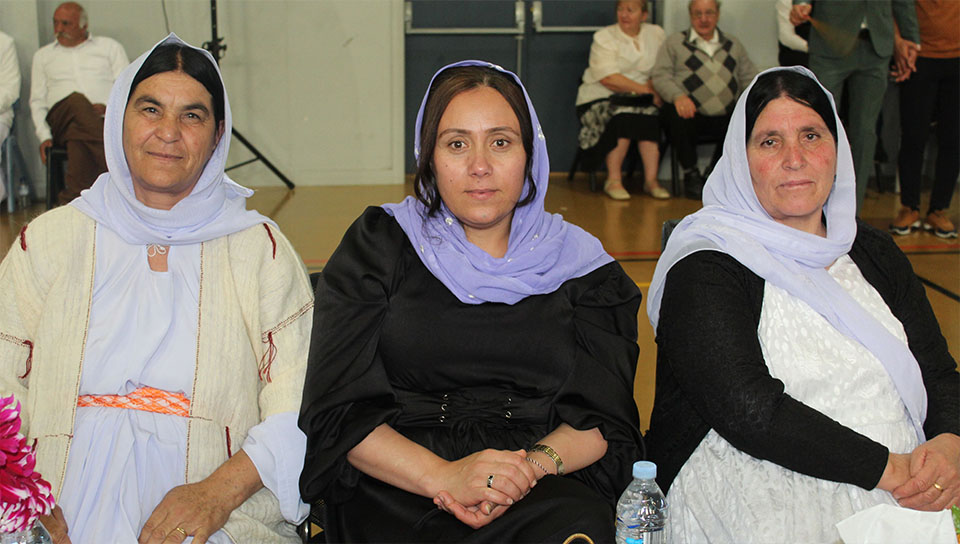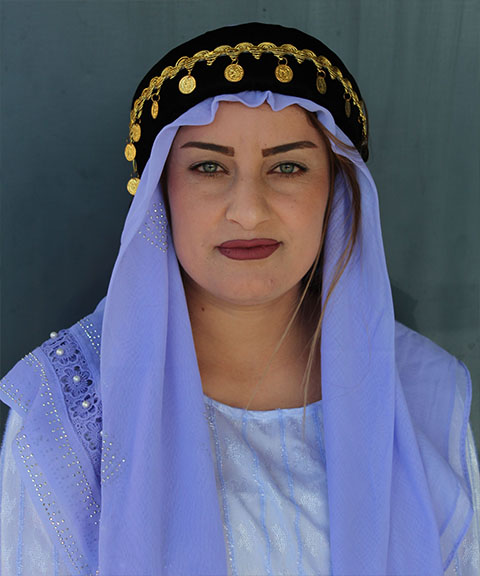Every person from a refugee background has a unique and complex path to resettlement in Australia. This page describes the different circumstances of humanitarian entrants, the process for settlement, access to services and related resources.
[A refugee is] someone who is unable or unwilling to return to their country of origin; owing to a well-founded fear of being persecuted for reasons of race, religion, nationality, membership of a particular social group, or political opinion.
People who have fled their homes and countries may have little time to plan before leaving. Their journey may expose them to dangerous situations and they may have to move through several different countries, cities and refugee camps. They could live for years in these situations. The following resources provide more information about this.
Resources
Refugees in Australia - a quick guide explains how people come to Australia wanting to make it their home, including information about the refugee journey.
Source: The Refugee Council of Australia
Refugees, asylum seekers and trauma outlines refugee experiences of trauma and torture, and Australia’s Refugee and humanitarian program.
Source: NSW Service for the Treatment and Rehabilitation of Torture and Trauma Survivors (STARTTs)
Official definitions
| Internally displaced people | This is a person who has fled their home due to the risk of persecution and human rights violations, but has not crossed an international border. They fear returning home because their life is in danger. |
|---|---|
| Asylum seeker | Someone who flees their home due to risk of persecution and human rights violations and is seeking international protection. However, their status has not yet been declared under the 1951 United Nations (UN) Refugee Convention as a 'refugee'. |
| Refugee | Someone who has fled their home and cannot return due to a well-founded fear of persecution and human rights violations. They have crossed an international border and have been granted refugee status under the 1951 UN Refugee Convention. |
| Person from refugee background | People who may have experienced a refugee or refugee-like background, regardless of whether they have been officially classified as a refugee, and have resettled in a new country. |
| Humanitarian entrants | People who have settled in Australia under the Department of Home Affairs’ Refugee and humanitarian program. |
| Migrants | Someone who voluntarily chooses to leave their home to permanently settle in another country for various reasons. |
| Newly-arrived or emerging communities | Communities of migrants and refugees who have recently arrived and settled in Australia and require additional, specialised supports. |
| Culturally and linguistically diverse (CALD) populations | People who have been born overseas, have a parent or grandparent born overseas, or speak a different language other than English. |

Refugee settlement
People from refugee backgrounds are settled in Australia through the Commonwealth’s Department of Home Affairs Refugee and humanitarian program.
People are settled under various circumstances. Some seek recognition as refugees while they are in another country, then seek permission to resettle in Australia. People who enter Australia in this way are recognised under the ‘offshore’ component of the Refugee and humanitarian program.
Others may come to Australia and seek asylum on their arrival. Theses people are recognised under the ‘onshore’ component of the humanitarian program.
The way a person from a refugee background enters, or is granted permission to enter, Australia determines the support programs and services they can access under Commonwealth and state laws and policies.
There are three main ways that a regional centre is chosen as a site for settlement:
- Government initiation as part of the planned settlement initiative
- Entrant initiation
- Local initiation
Refer to Refugee Settlement in Regional Areas: Evidence-based good practice for more information on regional refugee settlement in NSW.
Access to services
The conditions of visa categories and subclasses impacts a person’s ability to access Australian services and programs, such as Medicare. It determines what a person can and cannot do while in Australia, including their ability to work or travel.
Visa subclasses will be different for those entering via the offshore humanitarian program, compared with those entering through the onshore program. It is helpful to understand the rules and restrictions of the different visa categories and subclasses.
Find out more about refugee category visas from the Department of Home Affairs.
Cultural orientation training

Refugee and humanitarian entrants are offered the Australian Cultural Orientation (AUSCO) Program prior to departing for Australia.
Upon arrival, refugee and humanitarian entrants are offered cultural orientation programs that are often delivered by local humanitarian settlement program (HSP) providers and the Adult Migrant English Program (AMEP). These programs cover immediate and long-term settlement needs, and repeat key information delivered in the AUSCO Program.
Healthcare is just one of the many different things people are learning about through these programs. More pressing priorities often include safety, housing and Centrelink. People from refugee backgrounds recommend that healthcare information is presented to settlement communities repeatedly and often throughout the settlement phase.
Many people have low health literacy skills, which creates additional barriers to understanding and comprehending information. Learn more about barriers and enablers for regional refugee health services.
Learn what health examinations you need for migration to Australia from the Department of Home Affairs.